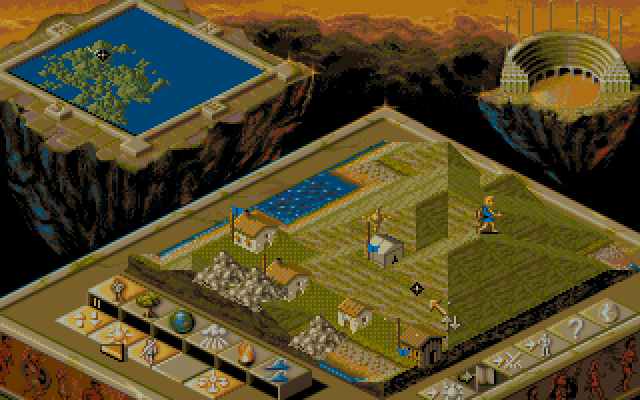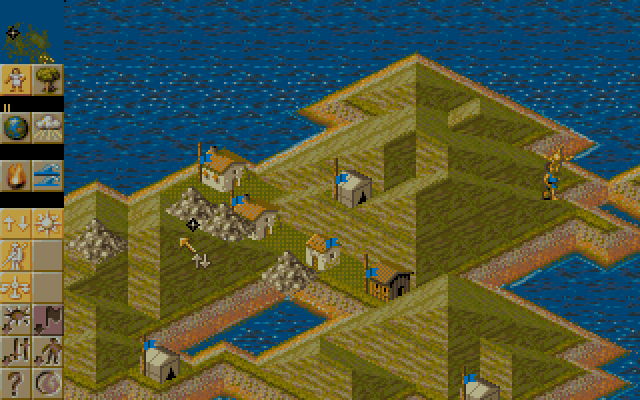I’d heard that Cave Story was a stupendous free game from Japanese developer Pixel, but I only recently got around to trying it.
I want you to close your eyes and imagine. You’re ten years old again. It’s Saturday morning in the middle of summer vacation. Just last night your parents finally gave in and bought you that game that all your friends have been raving about for the last month. Your mother isn’t going to bug you; on the contrary, she’s looking forward to having eight uninterrupted hours to herself. You’ve just finished your bowl of Choco-Bombs and you’ve settled in front of the TV with your NES (or SNES, depending on how old you are). You plug the game in and turn on the console, picking up the controller with trembling fingers…
Do you remember? Good. Now go play Cave Story, because it will make you feel that way again.
(Get the Deluxe Package, it’s the easiest way to start playing the game. And use a gamepad if at all possible).


